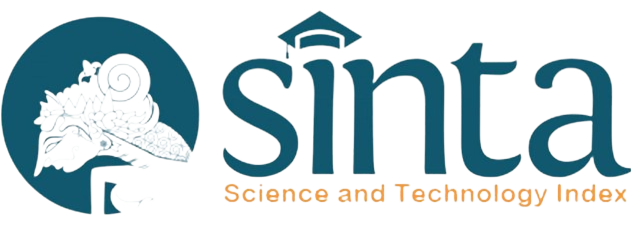Evaluation of The Morphological Performance of Nine Clones of Carnation (Dianthus caryophyllus L.) Crosses
DOI:
https://doi.org/10.29244/jhi.12.3.191-197Abstract
Carnation (Dianthus caryophyllus L.) is one of the most important commercial cut flower commodities in the world. Carnation plants have a heterozygous genetic arrangement, but the F1 plants resulted from crosses can be directly used as mother plants as a source of vegetative propagation. Each F1 clone is has genetically specific. The aim of the experiment was to obtain clones of cut flower carnation as a result of crosses that had a superior combination of plant and flower characters. The experiment was carried out in a protected house in the Installation of Agricultural Research and Technology Assessment Cipanas, Cianjur, West Java, with an altitude of 1,100 m above sea level, from January to December 2019. The study was arranged in a complete randomized block design with nine treatments, namely: D 1.1, D 3.13 , D 5.1, D 5.4, D 5.5, D 8.5, D 8.8, D 13.13 and D 13.14 and three replications. The results showed that the D 13.14 was the best performance clone based on the characters of sturdiness, large flower diameter (7.52 cm), highest number of petals (87.67 pieces), longest flower fresshness (13.83 days) and bright red flower color.
Downloads
Downloads
Published
Issue
Section
License
You are free to:
- Share — copy and redistribute the material in any medium or format for any purpose, even commercially.
- Adapt — remix, transform, and build upon the material for any purpose, even commercially.
- The licensor cannot revoke these freedoms as long as you follow the license terms.
Under the following terms:
- Attribution — You must give appropriate credit, provide a link to the license, and indicate if changes were made. You may do so in any reasonable manner, but not in any way that suggests the licensor endorses you or your use.
- ShareAlike — If you remix, transform, or build upon the material, you must distribute your contributions under the same license as the original.
- No additional restrictions — You may not apply legal terms or technological measures that legally restrict others from doing anything the license permits.
Notices:
You do not have to comply with the license for elements of the material in the public domain or where your use is permitted by an applicable exception or limitation.
No warranties are given. The license may not give you all of the permissions necessary for your intended use. For example, other rights such as publicity, privacy, or moral rights may limit how you use the material.













